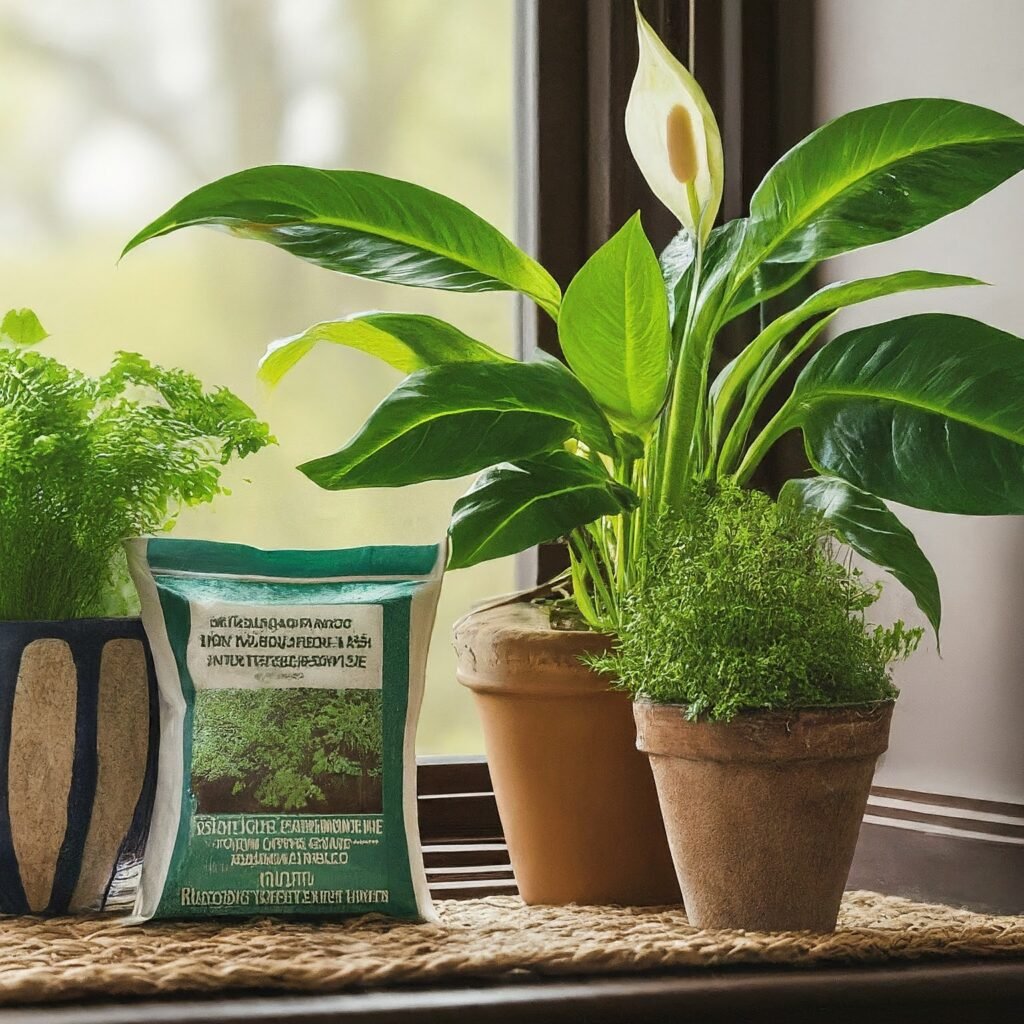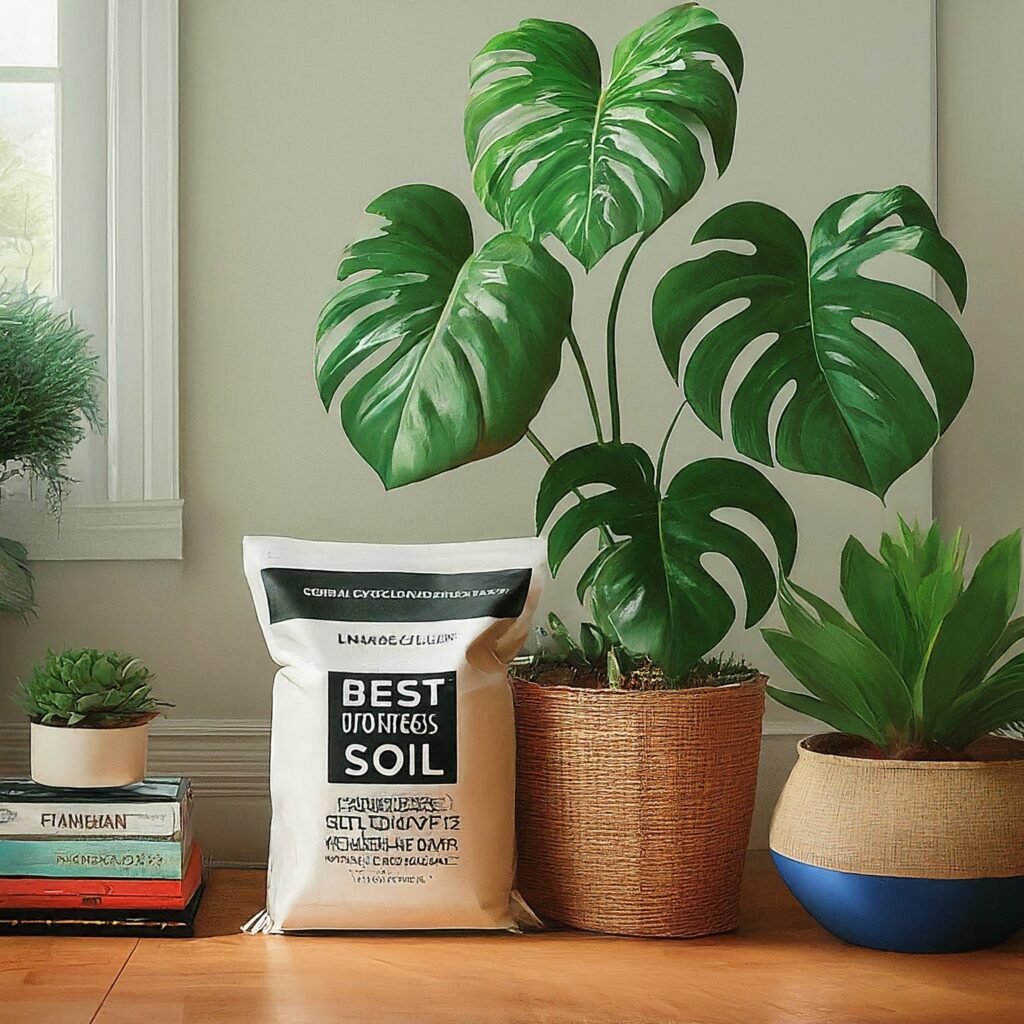
Why Potting Soil Matters
Hello, plant lover! I want to share a little story from my life. A few years ago, my living room felt like a cemetery for houseplants. No matter what I did—watering, providing sunlight, or even talking to them—they just wouldn’t thrive. I realized, after some research and trial and error, that the problem wasn’t the plants, but the soil. Finding the best potting soil for indoor plants transformed my plant care game. Let me share my journey and tips with you!
What to Look for in best Potting Soil for Indoor Plants
1. Good Drainage
Indoor plants need well-draining soil to avoid root rot, often caused by overwatering. I learned this the hard way when my favorite fern’s roots turned to mush. Look for soil mixes that include perlite, vermiculite, or sand to enhance aeration and drainage.
2. Nutrient-Rich
A high-quality potting mix should provide essential nutrients. When I switched to soils rich in organic matter like compost or worm castings, I noticed a significant improvement. My plants looked healthier and grew faster.
3. Lightweight and Fluffy
Heavy soils can compact over time, reducing airflow to the roots. I once used a dense soil mix that turned rock-hard, making it difficult for my pothos to breathe. A lightweight, fluffy mix maintains good aeration and allows roots to grow freely.
Types of best Potting Soil for Indoor Plants

All-Purpose Potting Mix
Ideal for most indoor plants, an all-purpose mix is versatile. It usually contains a blend of peat moss, perlite, and compost. This type of soil works well for a variety of plants, from leafy greens to flowering varieties. My peace lilies thrive in this mix.
Cactus and Succulent Mix
Cacti and succulents require soil that drains quickly and has a sandy texture. A cactus and succulent mix often includes sand, perlite, and a bit of organic matter. My aloe vera has thrived since I switched to this type of mix.
Orchid Mix
Orchids, which grow on other plants in the wild, need a special mix that replicates their natural environment. Orchid mixes typically contain bark, charcoal, and perlite, providing excellent drainage and support. My orchids have consistently bloomed since I started using this mix.
Seed Starting Mix
For starting seeds indoors, a seed starting mix is best. It’s lightweight and sterile, helping seedlings avoid diseases and develop strong roots. These mixes usually contain peat moss, vermiculite, and a small amount of plant food. My windowsill herb garden began with a seed starting mix, and it turned out great.
My Top Picks for Best Potting Soil for Indoors plants
After experimenting with various brands, here are my favorites:
Miracle-Gro Indoor Potting Mix
This mix is excellent for those who want an all-in-one solution. It contains sphagnum peat moss, perlite, and fertilizer, promoting strong root development and healthy growth. Plus, it feeds plants for up to six months! My snake plant and spider plant are flourishing with this mix.
FoxFarm Ocean Forest Potting Soil
I love this soil for its rich organic content. It includes composted forest humus, sandy loam, and sphagnum peat moss, along with earthworm castings, bat guano, and fish meal. My fiddle leaf fig has been thriving since I switched to this nutrient-rich soil.
Espoma Organic Potting Mix
If you prefer organic gardening, this is a fantastic choice. It contains sphagnum peat moss, humus, and perlite, enhanced with myco-tone, a blend of beneficial mycorrhizae that helps plants establish better root systems. My basil and mint love this organic mix.
How to Repot Indoor Plants
Repotting your indoor plants is essential for their health. Here’s a simple step-by-step guide:
- Choose the Right Time: Spring or early summer is the best time to repot.
- Select a Pot: Pick a pot that’s 1-2 inches larger in diameter than the current one.
- Prepare the Soil: Use the best potting soil for indoor plants that suits your plant’s needs.
- Remove the Plant: Gently loosen the plant from its current pot.
- Trim the Roots: If necessary, trim any dead or overgrown roots.
- Place in New Pot: Add a layer of soil at the bottom of the new pot, position the plant, and fill in with soil around the roots.
- Water Thoroughly: Give your plant a good drink of water to help it settle in.
Common Mistakes to Avoid in( best potting for indoor plants):-
Even with the best potting soil, there are some common pitfalls to watch out for:
- Overwatering: Indoor plants often suffer from too much water. Always check if the top inch of soil is dry before watering. I ruined a perfectly good monstera by overwatering it.
- Using Garden Soil: Garden soil is too heavy and can compact, suffocating the roots of indoor plants. I made this mistake once, and my plants paid the price.
- Ignoring Drainage: Make sure your pots have drainage holes to prevent water from sitting at the bottom. Trust me, I’ve learned the hard way that good drainage is crucial.
I think now you can choose the best potting soil for indoor plants. Happy plants make for a happy home! If you have any questions or tips of your own, feel free to share them in the comments. Happy gardening!
